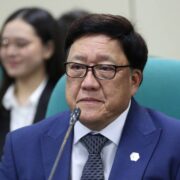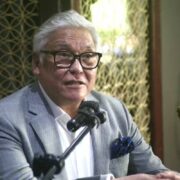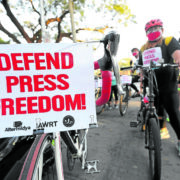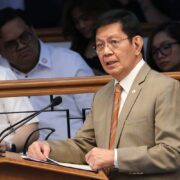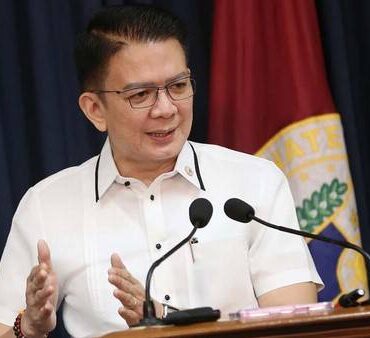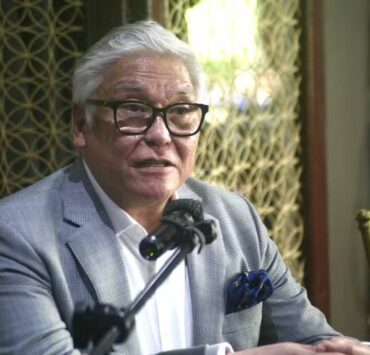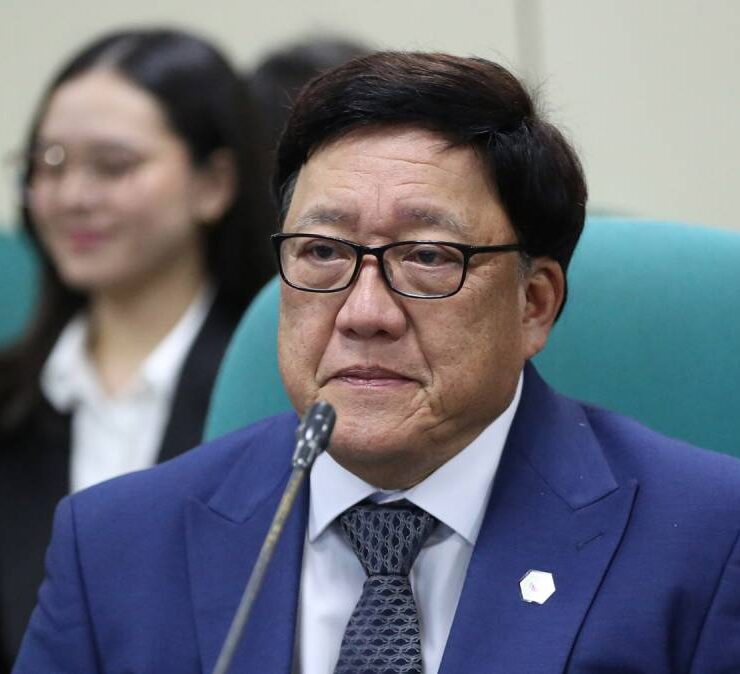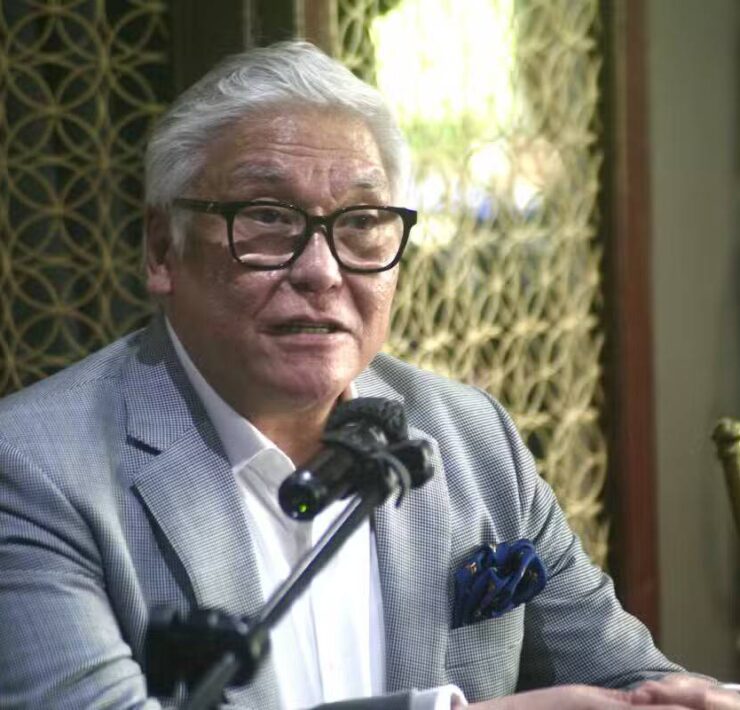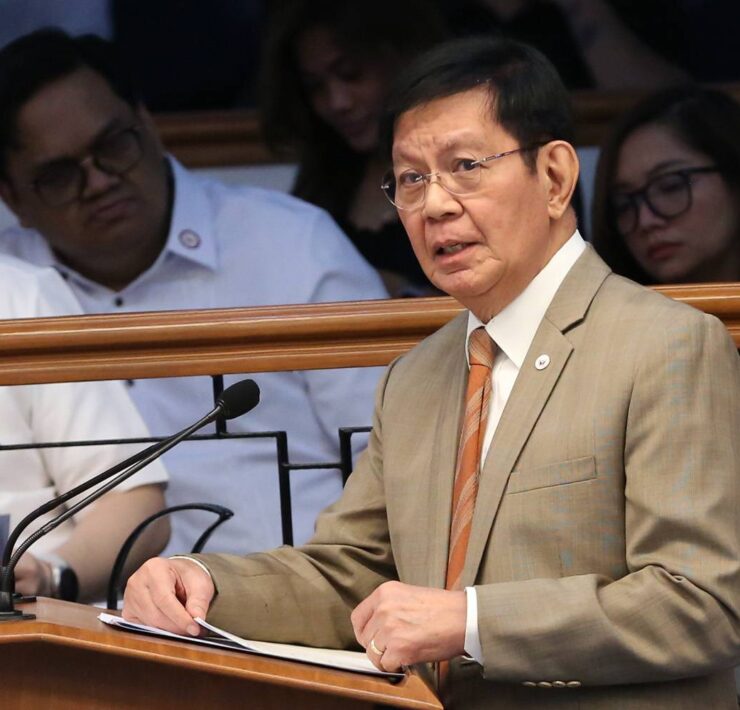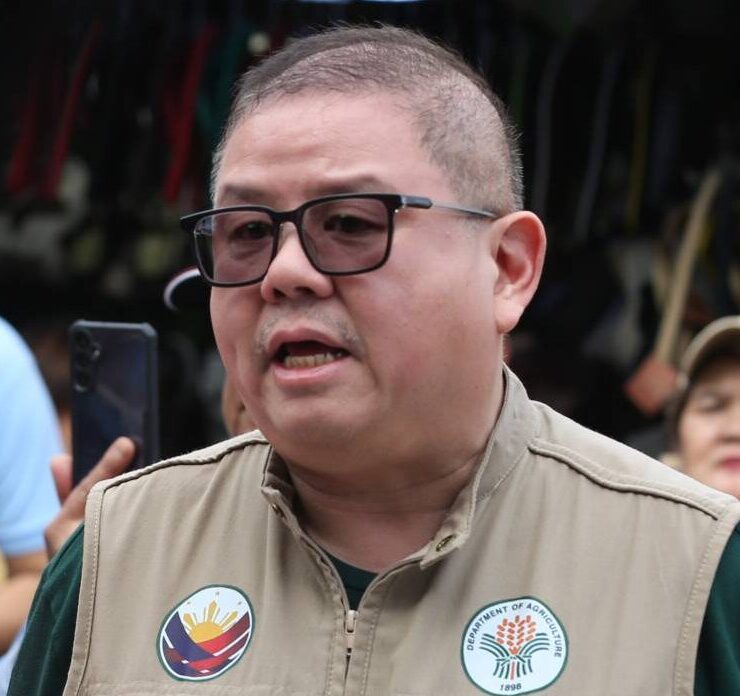Nearly P4B in air assets frozen in antigraft crackdown

The Anti-Money Laundering Council (AMLC) secured two additional freeze orders covering assets linked to the flood control graft scandal, including nearly P4 billion worth of aircraft, raising the total value of immobilized holdings in the case to almost P12 billion.
The Court of Appeals’ latest directives targeted the assets of “an incumbent high-ranking official from an independent constitutional body and a former elected government official,” the AMLC said in a statement on Wednesday. As in previous cases, the council did not disclose specific ownership details of the blocked holdings.
More extensive inquiry
The new orders affected 230 bank accounts, halting all activity—including transfers, deposits, withdrawals, and closures—and extend to 15 insurance policies, two helicopters and one airplane. The aircraft alone were valued at roughly P3.9 billion, the council said.
The assets were determined to be linked to violations of Republic Act No. 3019, otherwise known as the Anti-Graft and Corrupt Practices Act, as well as Malversation of Public Funds and Property under Article 217 of the Revised Penal Code, as amended.
To date, the crackdown has paralyzed 3,566 bank accounts, 198 insurance policies, 247 motor vehicles, 178 real properties, and 16 e-wallet accounts.
The total value of these assets has reached P11.7 billion, the AMLC said, adding that the figure was expected to rise as the probe deepens.
“The issuance of the freeze orders will enable AMLC to pursue a more extensive financial investigation to uncover any possible money laundering scheme linked to the flood control projects,” AMLC Executive Director Matthew David said.
David earlier said the council would likewise pursue the offshore assets, including foreign bank accounts and real estate, of individuals accused of corruption in flood control projects.
But the directives could extend far beyond financial accounts, cars, and real estate, as the AMLC may also ask the court to freeze other personal holdings such as investments, jewelry, and even virtual assets if these are linked to the misuse of public funds.
‘Legal remedies’
On Sept. 30, the AMLC signed a memorandum of agreement with the Independent Commission for Infrastructure (ICI), the body created by President Marcos to investigate corruption in flood control projects, for closer coordination, data sharing, and joint efforts to trace, preserve and recover assets linked to illicit activity.
The AMLC’s David had said the council was also working with the Office of the Ombudsman, the Bureau of Internal Revenue and the National Bureau of Investigation as it pursues “a thorough and impartial inquiry.”
Meanwhile, officials of the ICI had said the forfeiture would be part of “civil and administrative remedies,” including possible criminal charges to be filed against those implicated in fraudulent public works.
Last Monday, Mr. Marcos said eight of the 16 individuals ordered by the antigraft court arrested for their involvement in the anomalous flood control project in Oriental Mindoro province have been taken into custody by authorities.
They were, however, at the bottom of the totem pole in the widening corruption scandal that allegedly involved members of the Cabinet and lawmakers in both chambers of Congress. Mr. Marcos ordered the remaining fugitives to surrender, with authorities racing against time to fulfill the commitment of the President to put at least 37 individuals in jail before Christmas Day.
“The public can be assured that the AMLC will continue to pursue all possible legal remedies to ensure that those involved in the misuse of public funds are held accountable,” David said.




